Raising Meat Chickens For Beginners
If you’ve been curious about raising your own meat birds but aren’t sure how, you’re not alone. Raising meat chickens for beginners can be scary if you haven’t done it before! We break down the process in this article to, hopefully, alleviate some of those fears.
Chicken meat purchased from the grocery store may be full of preservatives, and the chickens may have been confined in large barns with little access to the outdoors where they can actually live and be like chickens!
But even buying organic doesn’t necessarily mean they’ve been treated humanely or fed the type of feed that’s healthy. Many people want to know what went into the meat they’re consuming and raising your own is one way to do that!
Unlike years ago, people are able to raise chickens in cities now – and this isn’t limited to egg laying chickens. It also includes meat chickens! But before you get too excited…we advise checking with your local county or city officials JUST to make sure.
The set up for raising meat chickens is no different than the egg laying varieties – they need a brooder, heat lamp for warmth, feed/water, and a coop. The main differences are which meat breeds to choose, what to feed them, how long it takes to grow them to maturity, and whether to butcher them yourself or hire it out.
We’ll take a look at all of these variables and more.
Setting Up Your Coop For Meat Chickens
Meat chickens look the same as egg laying chickens when they’re chicks, and they require the same basic set up: brooder, heat lamp, bedding, feed, water. We write more on raising baby chicks here.
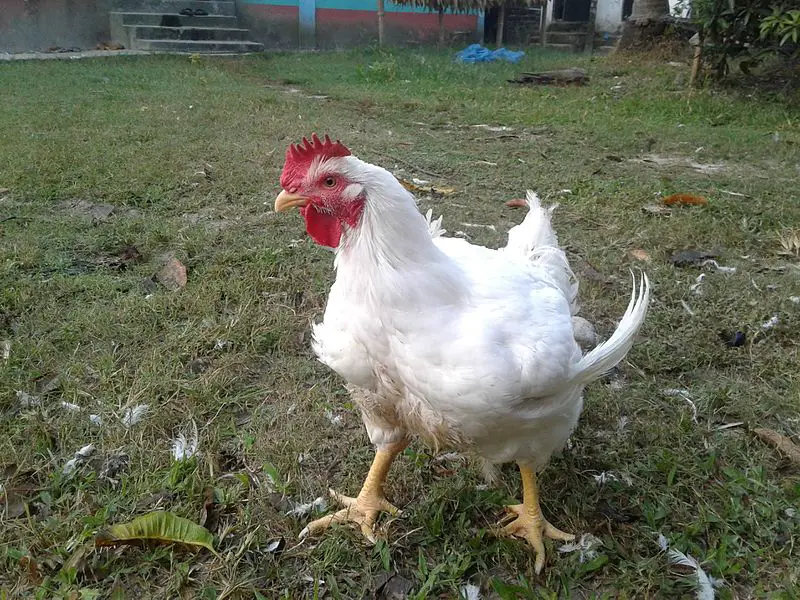
Other ideas to consider…
Some people raising chickens for meat prefer a mobile coop. This allows the birds regular access to fresh grass, weeds, or bugs every time the coop gets moved. Meat chickens don’t forage as readily as their egg laying counterparts so providing them access to fresh food daily is a good idea.
It’s not necessary as the feed provided from the farm stores has an adequate amount of nutrition, but it can help to keep them happy and healthy so they’re not just walking around in their own poo all day!
How Many Meat Chickens Should I Get?
Another great question. When I was a kid we grew around 75 meat chickens per year. I am from a family of 7, and this lasted for the better part of a year. We had a large freezer filled with chicken, beef, and other produce from our garden (yes, we ate good!) But we also had a lot of help – a lot of us kids helped with processing, and grandma came to pitch in as well. It ended up being great family time.
But it’s a lot of work, and took us a few days to process that many. So if you’re planning to have a lot of chicken in the freezer, just know that it takes a lot of time and effort, especially if you’ve never done it before. As in all things, there’s a learning curve.
It may be smart to start off with a few, no more than 10, just to give you an idea of what to expect. Then if it ends up being a disaster or something you don’t like doing, you won’t be out too much time or money. But once you get the hang of it, you could easily scale that up.
Processing
We won’t go into how to process chickens in this article. But we wanted to provide you with some idea of what to expect, including how to pluck them.
Below is a great video, outlining the process. Before you decide to process chickens, give it a look. It’s not too gory, but will definitely give you a snapshot of how much work and what is needed for a basic chicken processing set up.
The video below is a much simpler way of processing than we used growing up, and can be easily learned and replicated.
If you’re not comfortable processing them yourselves, check with your local butcher shop about having them take care of it. This adds significant costs to the end product, but reduces a lot of the work as well!
What To Consider When Choosing Meat Chickens
Before you go out and buy a bunch of chickens to fill your freezer, consider these factors first. It’s important to know what you’re getting into before you spend time and money on raising meat chickens.
Best Meat Chicken Breeds
There’s no easy answer here but we’ll lay out a few things to consider when choosing your meat chickens. In short, there are breeds designed specifically for meat which are Red Ranger and Cornish Cross (the most common in the US).
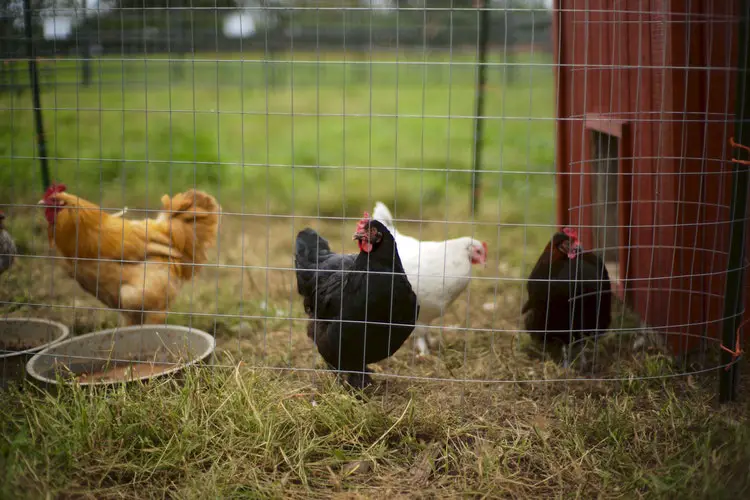
However, there are some great dual purpose breeds. As the name suggests, dual purpose breeds can be used for either egg laying or for meat production like Wyandotes, Rhode Island Reds, New Hampshires, Leghorns, Black Australorp, Easter Eggers, and the list goes on.
In our opinion ANY breed of chicken can be dual purpose. And a search for best dual purpose chickens will pull up many of them. We talk more about different types of chicken breeds here.
Length Of Time From Chick To Chicken
This is where traditional meat chickens win…they eat a lot, but they grow FAST. In fact, they can be ready to process in as little as 2- 3 months of age. For other dual purpose chickens, you’ll have to wait until around 5 months or longer, which means added feed costs as well.
We’ve raised Cornish Cross before and I can vouch for how quickly they grow. We purchased around 50 and tried to butcher them all in a day. My sisters came out and we thought we’d be able to tackle the project swiftly…but it was more work than we bargained for and we could not complete the job.
We ended up waiting an extra 2 weeks before getting to the rest and by the time we got to them, they were more than 2 pounds heavier than the previous batch.
Butchering Weight
You’ll have to decide what weight you’d like to butcher at. For both meat and dual purpose breeds around 4-8 lbs live weight is a good range to aim for. If they get much larger than that, they can start to get fatty.
Not only that, the larger meat breeds can develop leg and other structural problems from the added pounds – a downfall of these birds. They gain weight rapidly and don’t exercise or forage as well as dual purpose breeds which like to forage for bugs and seeds.
Consider Free Ranging Your Meat Chickens
If you want healthy, happy meat chickens, consider free-ranging them, or housing them in chicken tractors which get moved to fresh grass ever day.
This type of set up allows the birds space to forage. And believe it or not, meat chickens will! They may not be as vigorous as their egg laying relatives but there are many ways of allowing them to eat grass, forage for bugs, seeds, and whatever else is lurking in the area.
One way to accomplish this is by using Joel Salatin’s method of raising meat chickens: pasture raised broilers. When allowed to forage on grass, not only will the flock be healthier, they will consume up to 30 percent less feed from chick to processing day. That’s huge!
Not only is it good for the chickens, the consumers benefit as well since they will get healthy, lean meat. This meat will ALWAYS be healthier than what you’ll find in the supermarket, where the vast majority of those chickens came from large scale poultry operations aka factory farms. We’ll get into that topic in another article?.
If you want to raise meat chickens this way, it takes mobile coop that can be moved to fresh grass daily. We provide a free plan here. It’s a 12 foot X 12 foot plan, which can house up to 100 broilers. If you’re only thinking of raising a few, it can be scaled down considerably.
Type Of Feed
Depending on the feed company, meat chickens are fed a high protein feed (around 22%) from hatch to market. Oftentimes, no additional supplements are needed with this type of feed.
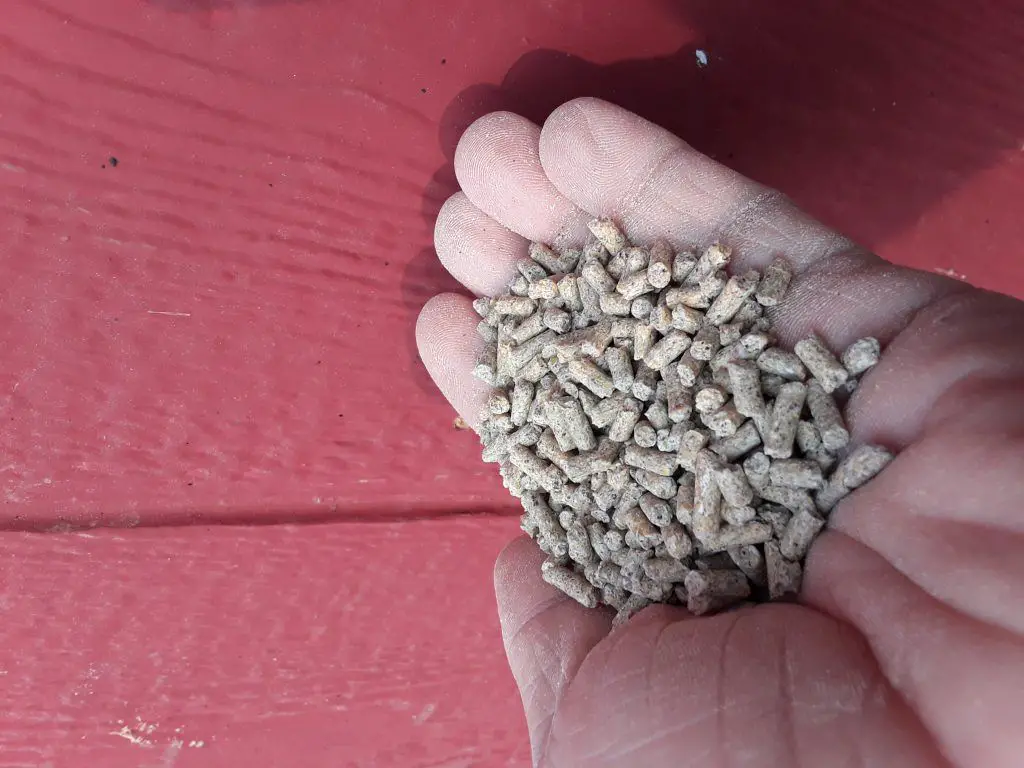
Dual purpose chickens are fed a commercial “chick starter” feed for the first 3 weeks, and then transition to a grower type feed until market. The protein levels are around 18% and, like feed for meat chickens, it’s a complete feed not needing to be supplemented. We talk more about chicken feed here.
The above feeds are available at your local farm store but can also be purchased online. Organic feed is a bit more expensive but you can be assured it does not contain any GMO ingredients…something to consider since YOU will be eating the meat. Most farm stores carry organic feeds now and you can buy organic feeds online as well.
Closing Thoughts
Raising meat chickens can be a rewarding experience. Yes it’s a lot of work, but many people appreciate knowing just where their food comes from and what it was fed.
We hope you’ve learned all that’s needed to get you started. If you have questions, please leave them below we’d be happy to help. Good luck in raising your meat chickens!

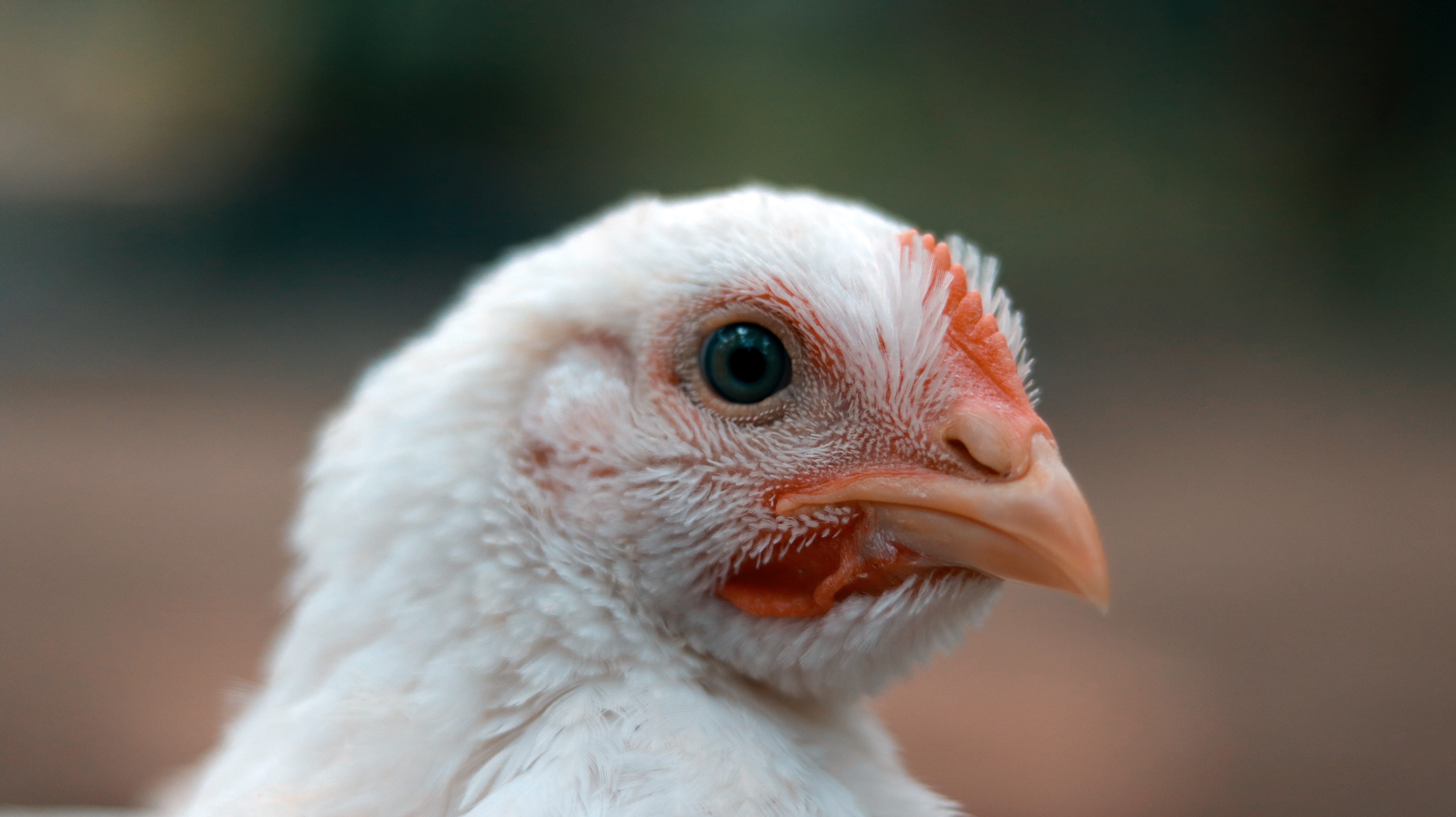



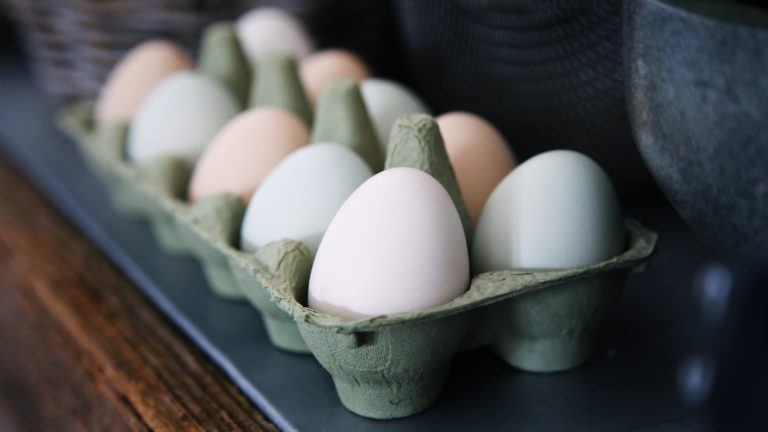
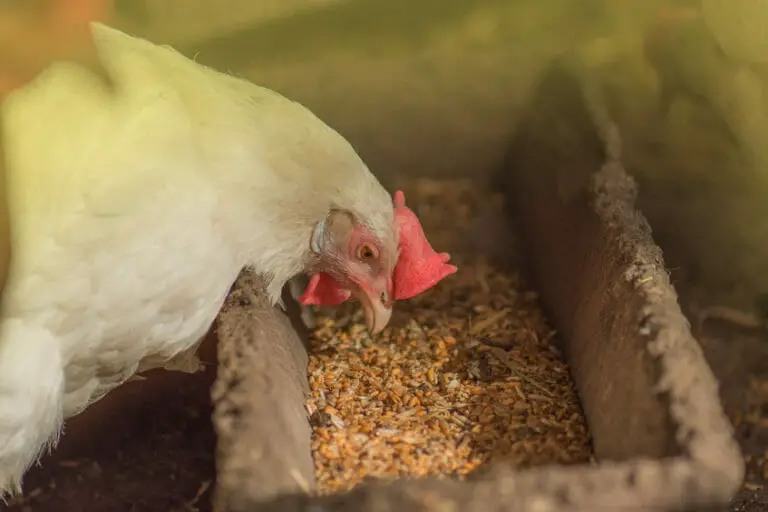

My main reason for raising my chicken is my desire to know how they are fed. As you rightly said, it will take at least two to three months. But the five monthly periods of rearing will give stronger and better meat. Although rearing chicken is lots of work but it is worth putting in the effort into. But which do you prefer, the Cornish Cross or the Red Ranger
Hello Parameter and thanks for checking out this article. We have raised Cornish Cross and had good success. I have not tried the Red Rangers.
What we found is if we wait to butcher them past the 3 month mark, the meat seemed to be much tougher. But it could be the way we processed them too. At any rate, we’ve always had success butchering before the 3 month mark. Best of luck to you raising your own meat chickens!